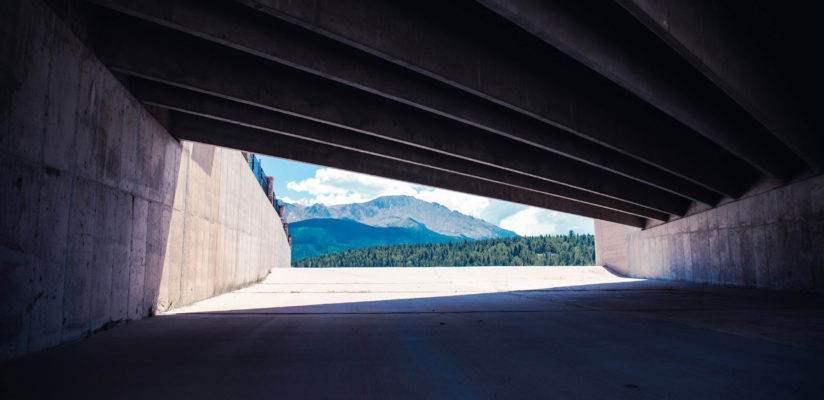This report is part of the IM-SAFE project (2020 – 2022) and is it is part of WP1 (Trends, best practices,and barriers) and Task 1.3 (Barriers in political, economic, social and technical aspects) and is listed as delivery D1.3
Leader: Norwegian University of Science and Technology (NTNU). Contributors: NEDERLANDSE ORGANISATIE VOOR TOEGEPAST NATUURWETENSCHAPPELIJK ONDERZOEK (TNO), UNIVERSIDAD DE VIGO (UVIGO), UNIVERSITAET FUER BODENKULTUR WIEN (BOKU), SAFECERTIFIEDSTRUCTURE INGEGNERIA S.R.L (SAC), AEC 3 DEUTSCHLAND GMBH (AEC), FERROVIAL AGROMAN SA (FER), MOSTOSTAL WARSZAWA SA (MOW), Stichting CROW, kennisplatform voor infrastructuur, verkeer, vervoer en openbare ruimte (CROW).
This report focuses on analyzing the political, economic, social, and technical (PEST) barriers for adequate monitoring, safe operation and optimal maintenance of bridges and other relevant transport infrastructure assets, and to establish the connection between these barriers and the limitations/gaps in the existing EU monitoring standards and the national implementation.
This task will also analyze the lessons-learned from the recent infrastructure failures and disasters in the EU and worldwide. In addition to desk research / literature review, workshops with stakeholders from the CoP and experts from the SAG was held for collection of actual and anticipated future issues and challenges, next to discussing needs, trends This information was used to evaluate for each of the three periods (past, current and future) using a thorough PEST analysis. A risk analysis of the recent failures and disasters will yield a set of recommendations for prioritization of risk management areas.

